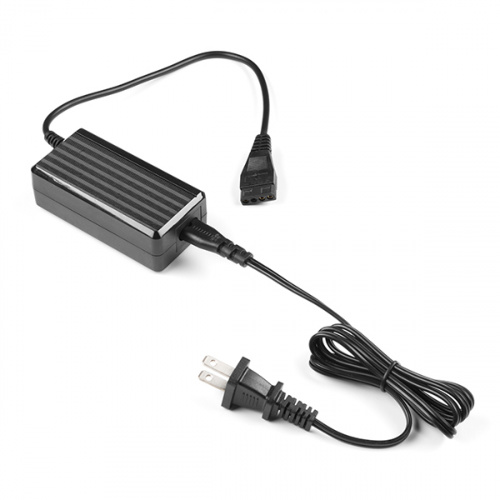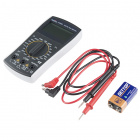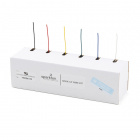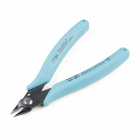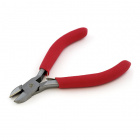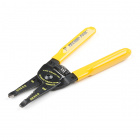12V/5V Power Supply Hookup Guide
Contributors:
 bboyho
bboyho
Introduction
The 12V/5V (2A) power supply is great for powering a microcontroller and an LEDs. In this tutorial, we will replace the power supply's molex connector with two male barrel jacks adapters.
Required Materials
To follow along with this tutorial, you will need the following materials. You may not need everything though depending on what you have. Add it to your cart, read through the guide, and adjust the cart as necessary. The kit on the left is the easiest to connect. The wishlist to the right is for those that are interested in hacking the power supply.
Tools
You will need a soldering iron, solder, general soldering accessories, and the following tools.
Suggested Reading
If you aren’t familiar with the following concepts, we recommend checking out these tutorials before continuing.
How to Solder: Through-Hole Soldering
This tutorial covers everything you need to know about through-hole soldering.
Connector Basics
Connectors are a major source of confusion for people just beginning electronics. The number of different options, terms, and names of connectors can make selecting one, or finding the one you need, daunting. This article will help you get a jump on the world of connectors.
How to Use a Multimeter
Learn the basics of using a multimeter to measure continuity, voltage, resistance and current.
